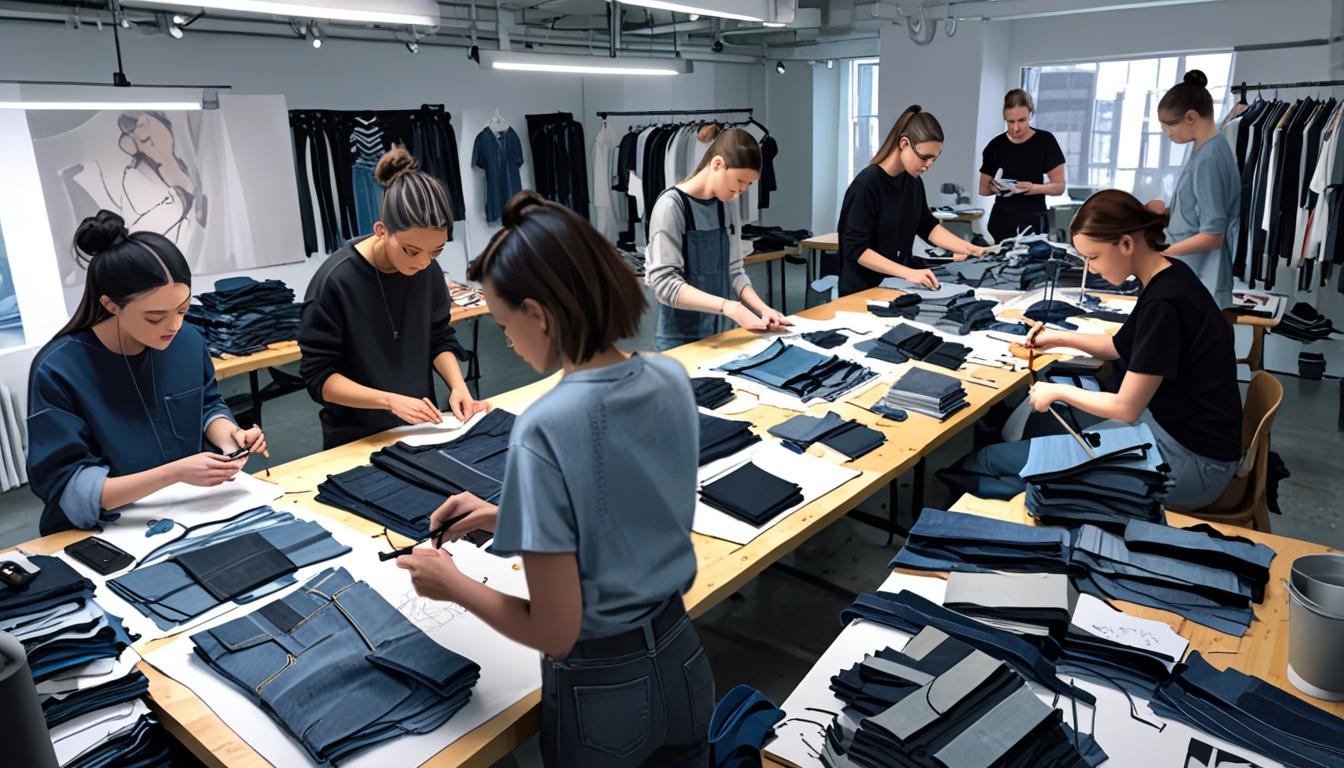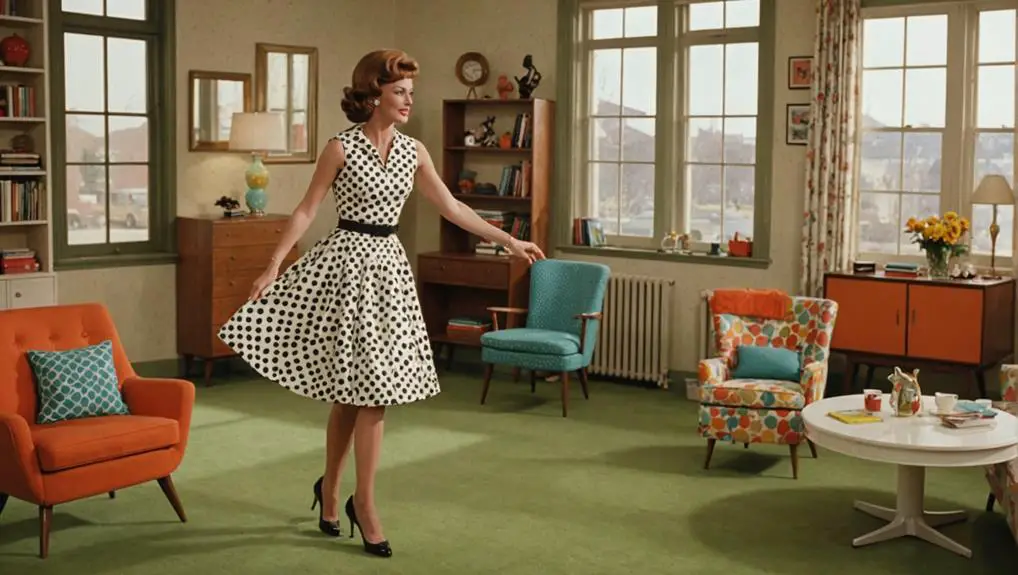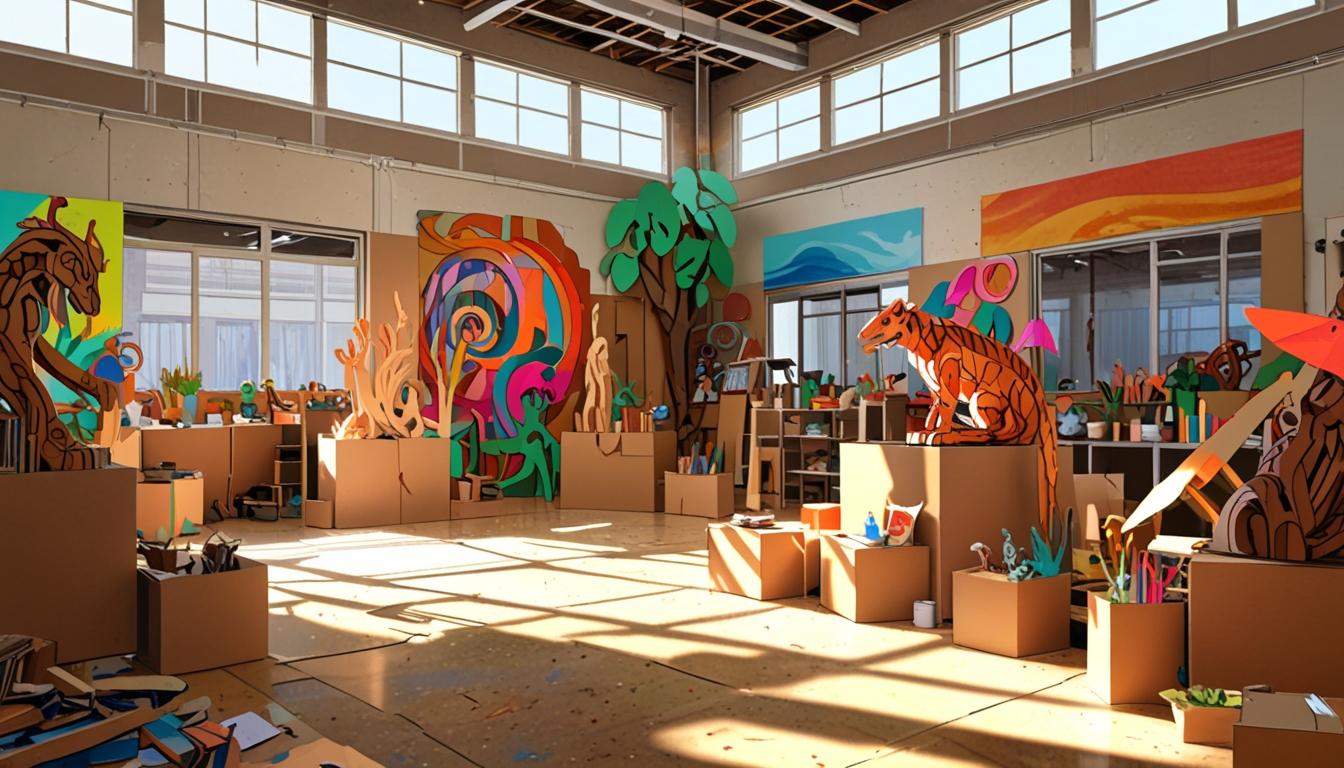The Future Fit Forum, organized by Hyosung and consultant Michelle Branch, challenges designers to rethink denim fit and repurposing with an emphasis on sustainability, showcasing their latest creative, multi-functional designs made from repurposed Levi’s and new eco-friendly fabrics.
The Future Fit Forum, an ongoing creative initiative organized by Hyosung—the manufacturer of Creora spandex—and New York City consultant Michelle Branch, has brought together designers to explore how denim fit can contribute to sustainability and a better planet. The project recently showcased its latest season’s designs at Kingpins Amsterdam, focusing on innovative approaches to fit, repurposing, and multi-use garments.
For this cycle, participating designers were each supplied with two pairs of secondhand Levi’s 501 jeans and two yards of new denim fabric from Soorty, which incorporates Creora bio-based spandex. Their challenge was to envision what denim fits might look like in the future, seeking ways to reduce waste and promote garment longevity.
Branch emphasized the importance of fit in sustainability efforts. Speaking during a panel discussion with four of the seven Future Fit designers, she said, “Our industry has made great strides in ingredient and processing developments for sustainability, but very rarely do we talk about fit.” She added that fit should play a larger role in brands’ efforts to reduce waste and extend the life cycle of garments.
Several designers approached fit by creating layered, multifunctional garments. Anna Weber, a Germany-based designer and founder of Artworks & Denim, highlighted the need for function and freedom of expression in her collection. Using a system of adjustable strings, Weber designed convertible garments that change silhouette, reflecting the demands of consumers needing clothing adaptable to extreme weather patterns linked to climate change. She noted that versatile, multi-purpose garments tend to avoid landfill disposal for longer periods.
Los Angeles-based upcycle designer Natasha Lunt, founder of Showroom 316, drew inspiration from her English heritage by designing protective armor-inspired layers. Lunt collaborated with digital printing startup Lab Denim, which uses inks derived from microalgae to print denim. Her print was based on scans of distressed jeans from the 1970s. Lunt explained, “The trick to innovation isn’t just picking one lane. It’s a collaboration and I think if we can all come together and collaborate, then we can make a huge impact on the environment and the planet, and make the industry more accessible.”
Piero Turk, a veteran designer from Italy, focused on classic fits and high-quality fabrics derived from Italian luxury traditions. His designs used stretch denim for comfort without constricting the body, emphasizing durability for garments that can withstand decades of wear. He also noted technological advances in 3D pattern making, which reduce waste by eliminating the need for multiple physical prototypes. Turk said, “In my time, you would have wasted hundreds of prototypes by testing, mending and correcting patterns… it’s a waste of time, money, energy, everything. But if I can imagine with artificial intelligence how it could look, how the denim and fit relate… it’s a big step to avoid waste.”
Margaret Sam, founder and creative director of Sum London, contributed a traditional horseface skirt, reworking her supplied denim to reflect a connection between British Asian heritage and the California Gold Rush. She explained to the panel, “It’s inspired by the Qing Dynasty and the gold miners who would have been working there during the California gold rush… I wanted a chance to tell that story about them being the one in five of the gold mining workforce, and tie that into the origins of the 501, which is from San Francisco.” Sam’s work challenges the traditional western perspective on workwear, which typically features items like dungarees or work jackets.
The designers’ work collectively highlights the value of revisiting history and combining traditional techniques with technological innovation. Lunt noted, “History has all the answers, and I think for fashion, especially denim, there’s a lot of things that we can take away from that,” illustrating how the past informs new directions in sustainable fashion.
The Future Fit Forum continues to examine how garment fit, design innovation, and thoughtful material reuse can contribute to sustainable industry practices and environmental impact mitigation while looking toward the future of denim.
Source: Noah Wire Services





Hi there
I wanted to reach out and let you know about our new dog harness. It’s really easy to put on and take off – in just 2 seconds – and it’s personalized for each dog.
Plus, we offer a lifetime warranty so you can be sure your pet is always safe and stylish.
We’ve had a lot of success with it so far and I think your dog would love it.
Get yours today with 50% OFF: https://caredogbest.com
FREE Shipping – TODAY ONLY!
Thanks and Best Regards,
Lorena
bsm3q4
levitra warning label levitra premature ejaculation levitra pills discount
https://shorturl.fm/TBpdX
**mind vault**
mind vault is a premium cognitive support formula created for adults 45+. It’s thoughtfully designed to help maintain clear thinking
LyBLNfnCXjym
This is inspiring. Thanks for sharing your knowledge.